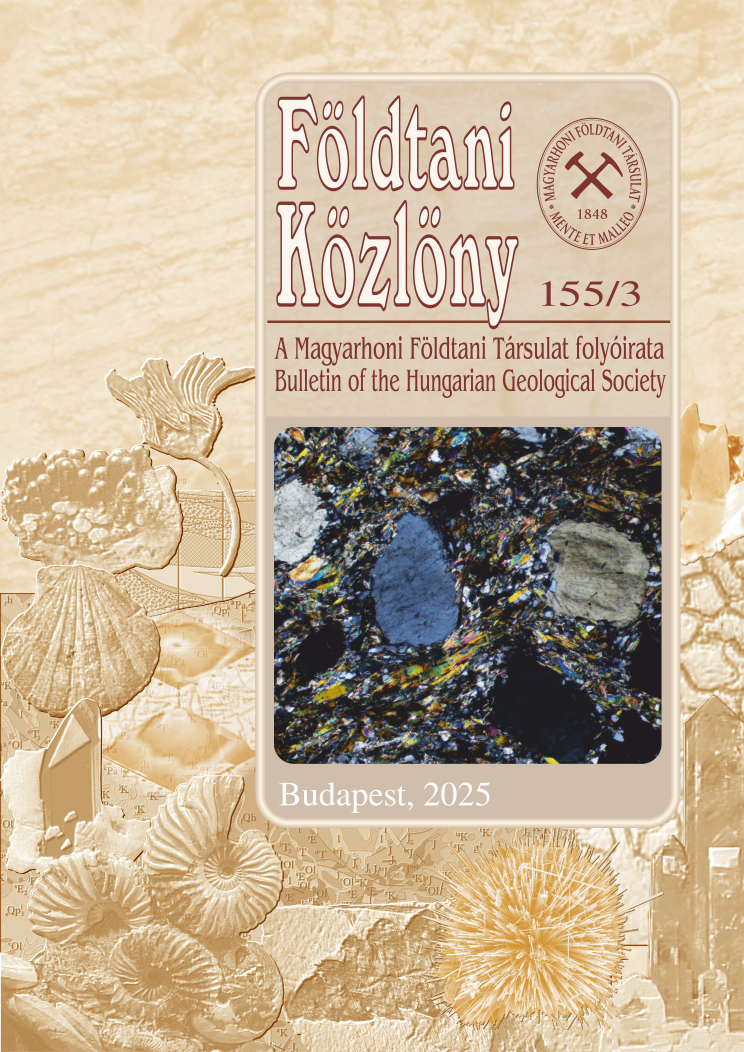Mineralogical and petrographical analysis of the surface of Mars, possibilities for determination and classification
Abstract
The mineralogical and petrological characteristics of Mars could be ingrated into the general surface evolution of the
planet with the methods of classical geology on the Earth. Basaltic rocks cover the southern, while andesitic or weathered
basalts cover the younger northern hemisphere. The cooling and drying Martian environment produced phyllosilicates
under relatively warm and wet conditions in the early period of the planetary evolution. Later cold and acidic episodic
water produced sulphates, and their crystal water content is keep on changing according to the climatic changes. During
the longest and most recent period ephemeral microscopic water films, and dry gas-mineral interactions produced
various iron-oxides and oxihydroxides. Other mineral alterations point to the presence of ancient hydrothermal systems,
migrating mobile elements, and cementation of the regolith’s topmost layer. The differently aged primary and secondary
minerals can be found together in mixed form inside the regolith, because of the lack of global plate tectonism and the
slower speed of geologic changes on Mars than on Earth.











